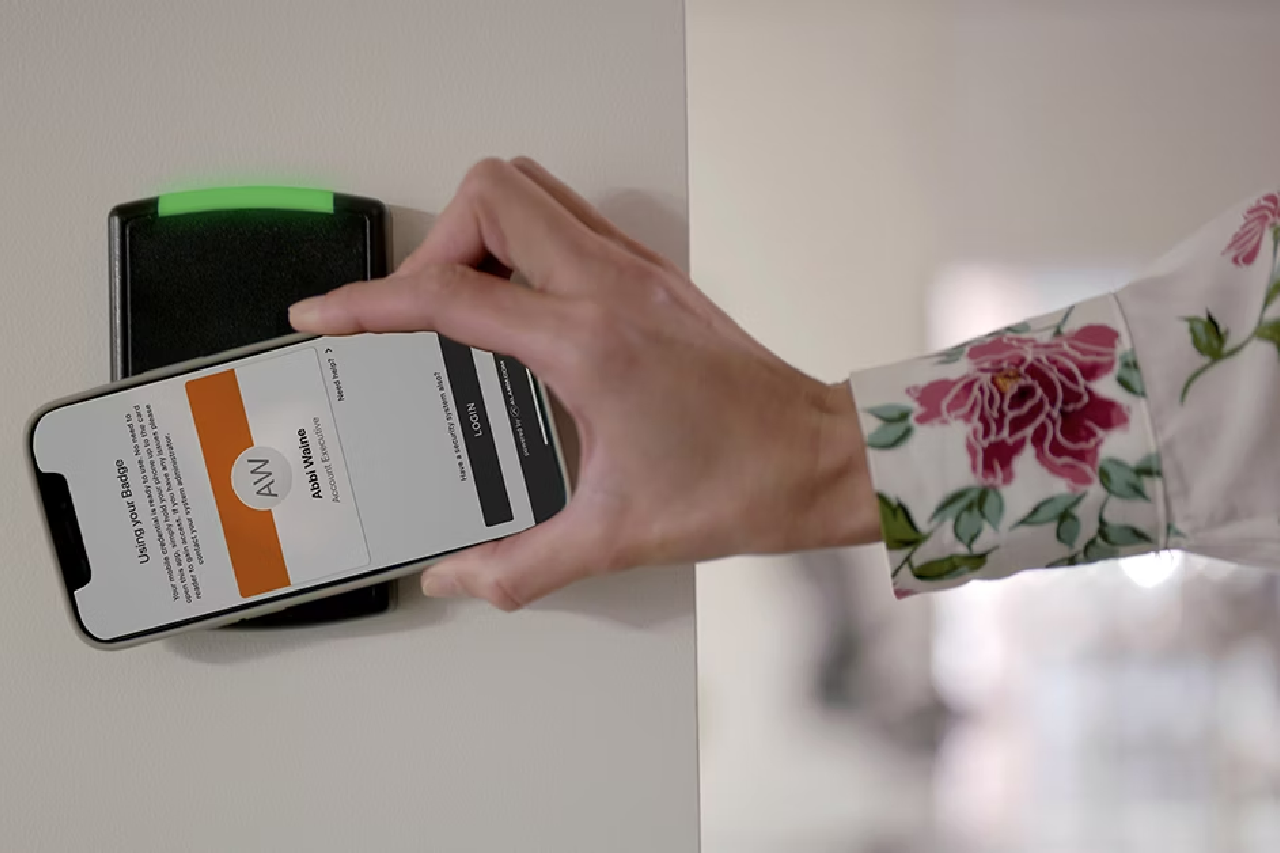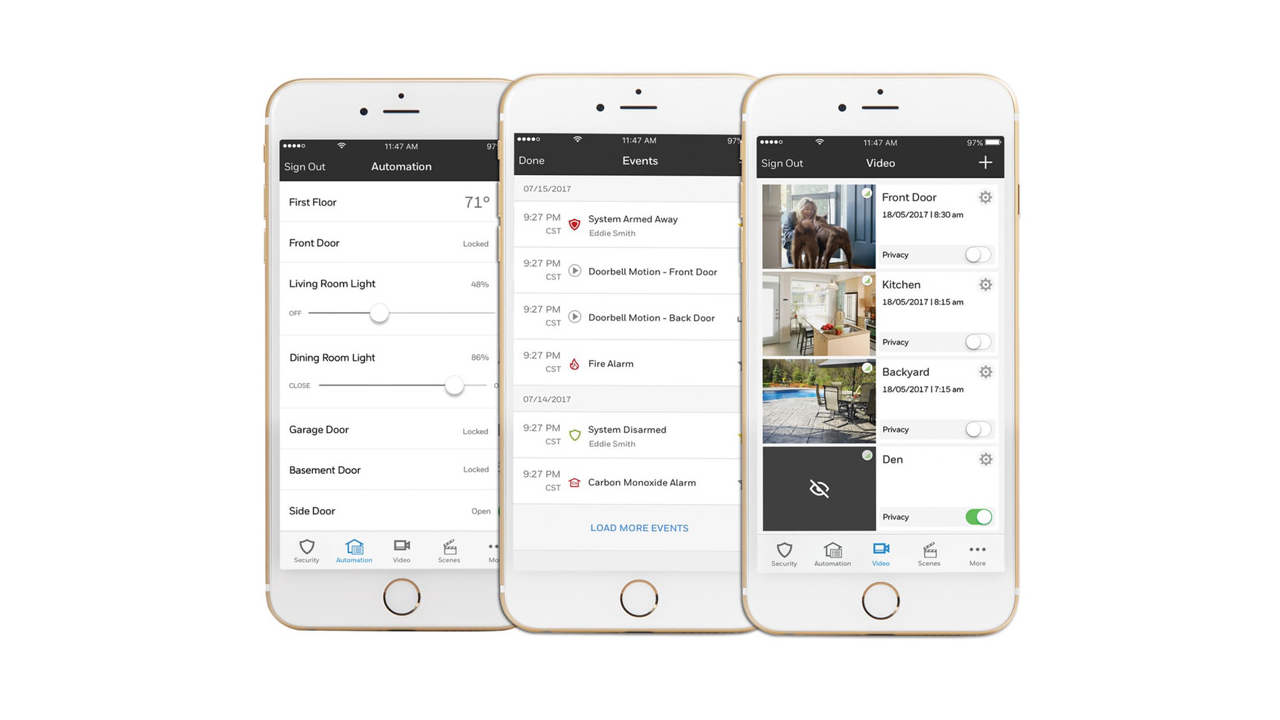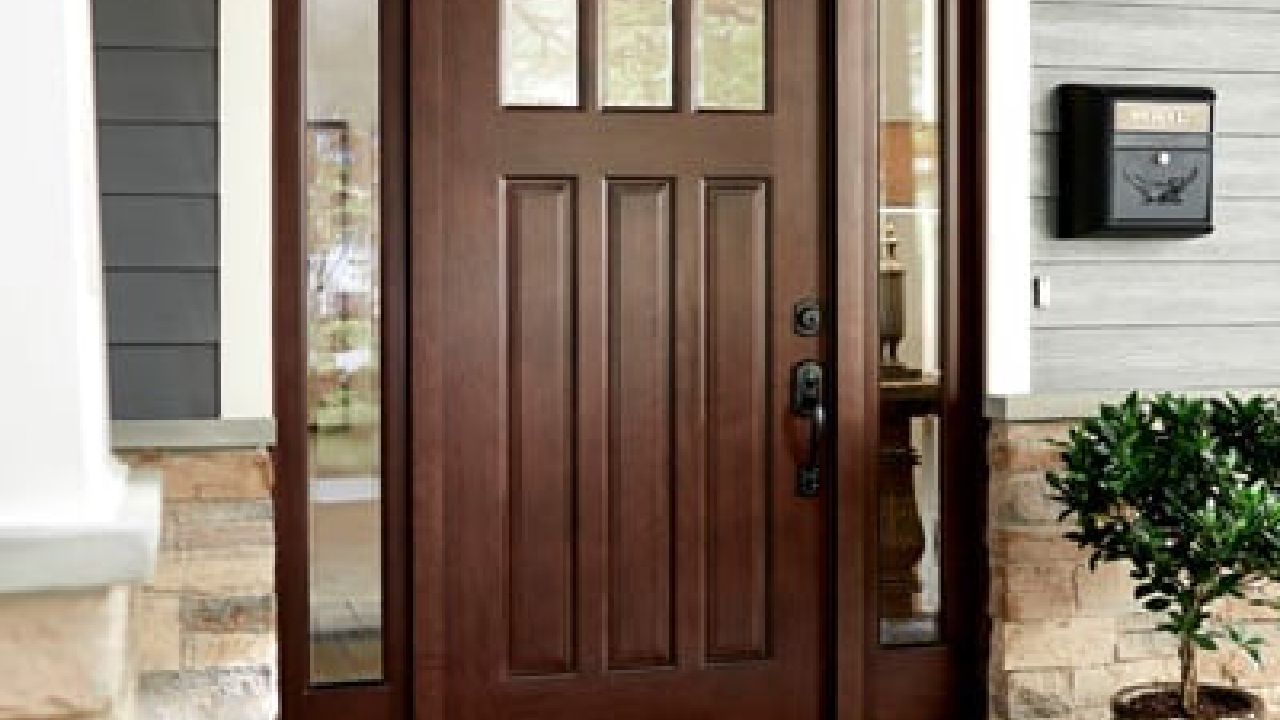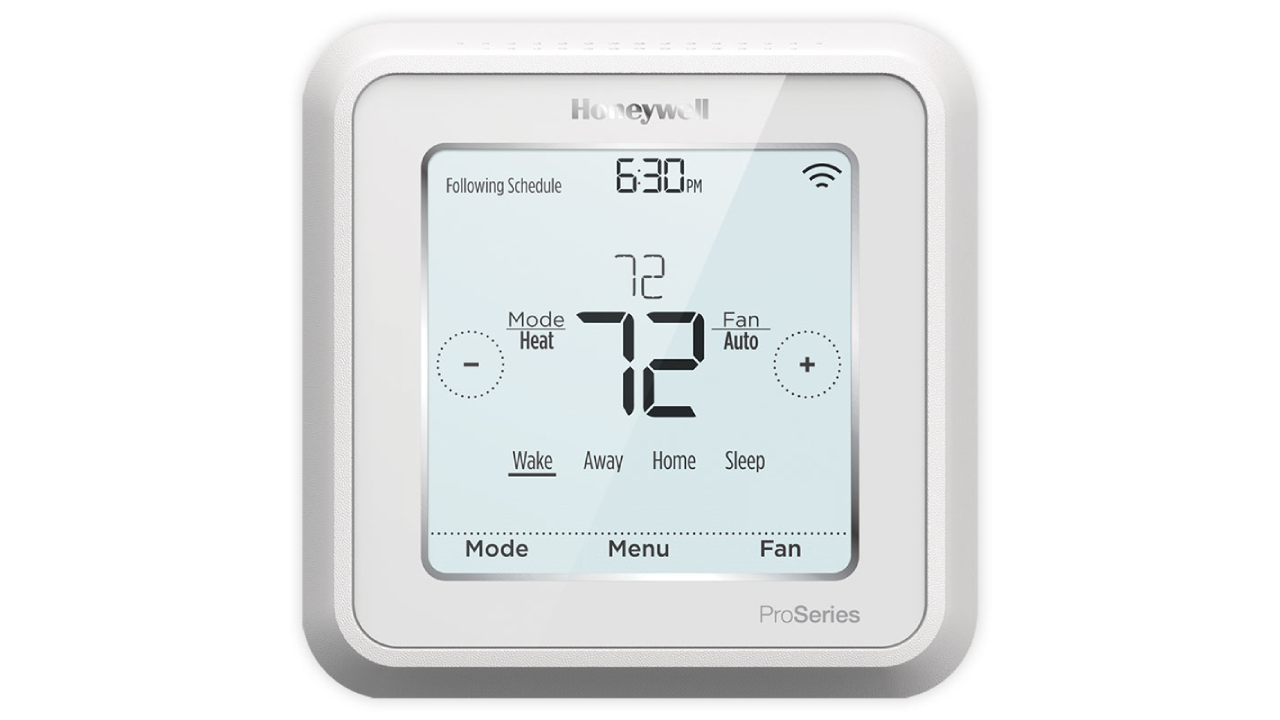Last Updated on September 21, 2023 by Alarm New England
Security camera systems are a powerful tool for protecting your home or business.
And with the technological advances that have been made in image quality, size, and wireless capabilities, it’s important that you understand all of the options available to you.
Certain cameras are better suited to some situations, so choosing the right surveillance camera for the job can save you a lot of time, frustration, and money.
Benefits of Security Cameras
Security cameras are far more powerful tools than we often think. The point is not necessarily just to deter crime, although that’s a major part of it. Here’s a number of different ways security cameras can help you:
- Provide a strong visual deterrent
- Identify passing vehicles and their plate numbers
- Survey the area when you’re not around
- Detect fires
- Detect intrusion (line crossing)
- Detect suspicious traffic (e.g. someone scoping out the house)
- Object removal detection (know when someone removes things from your backyard or shed)
- Send a notification when someone is at the edge of your home’s perimeter
- Confirm whether contractors arrived and left when they said they did to ensure they bill the correct amount
There are 4 different types of security cameras:
- Fixed indoor cameras
- Dome cameras
- PTZ cameras
- Bullet cameras
Fixed indoor cameras are stationary cameras that come in a variety of different styles. They are popular due to their affordability and ease of use.
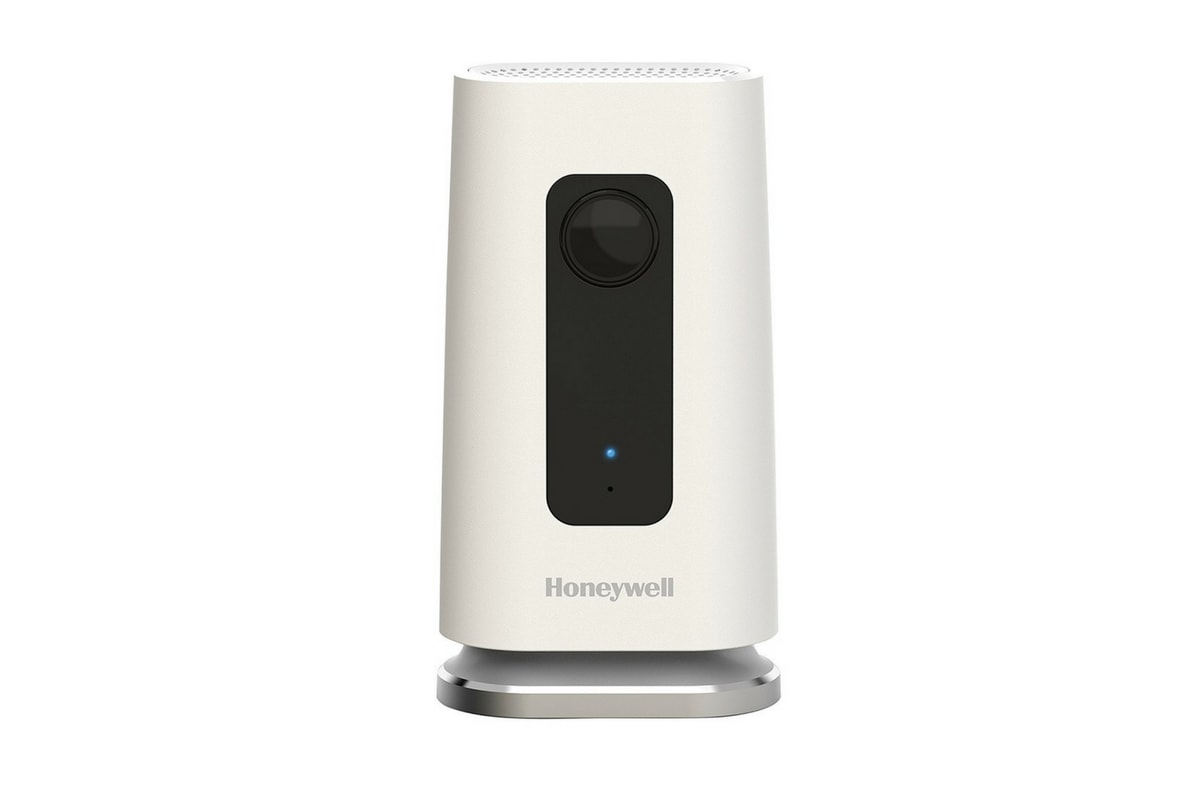 Honeywell WIC1 Indoor Camera
Honeywell WIC1 Indoor Camera
Dome cameras are those dark, bulb-shaped devices you’ve probably noticed in the ceiling of a department store, a bank, or a government office. They’re designed to be tamper-proof.
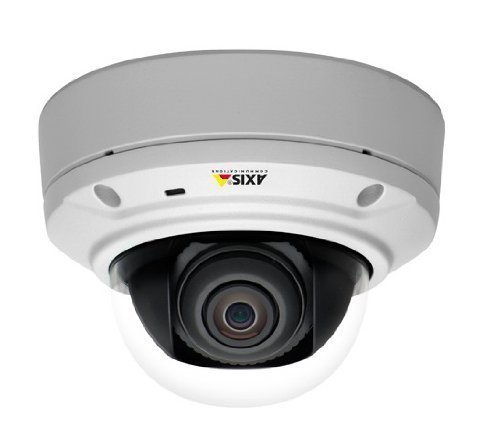 Axis Communications M3025-VE 2MP Outdoor Dome Camera
Axis Communications M3025-VE 2MP Outdoor Dome Camera
PTZ cameras (pan-tilt-zoom cameras) allow you to pan side-to-side, tilt up and down, and zoom remotely. If you’ve got a wide viewing angle to cover, one PTZ camera can get a fuller picture compared to most others.
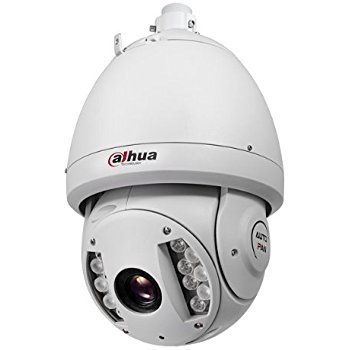 Dahua 2MP 30X Zoom Megapixel 1080P HD Oudoor IP PTZ Network Security Surveillance CCTV Camera
Dahua 2MP 30X Zoom Megapixel 1080P HD Oudoor IP PTZ Network Security Surveillance CCTV Camera
Bullet cameras are fixed cameras that can be used indoors or outdoors. This is probably the most traditional design that we associate with security cameras. They’re a little bit larger than the other options, but these are most commonly found in security camera system kits.
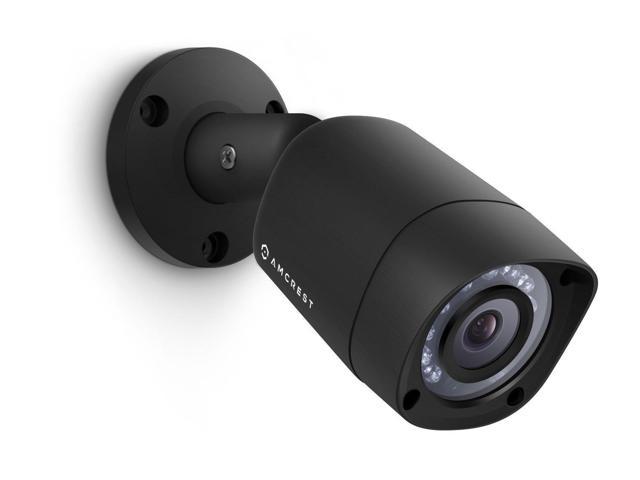 1080p Bullet Outdoor Security Camera
1080p Bullet Outdoor Security Camera
We can break down all of these camera types into two categories: wireless and wired.
Both have their pros and cons:
Wireless cameras have become popular in the past decade as data transfer rates over WiFi increased, and wireless connections became more reliable. These are often used for general surveillance, baby monitors, and nanny cams.
There are also two different types of wireless cameras: traditional wireless cameras and wire-free wireless cameras.
Traditional Wireless vs Wire-free Wireless Cameras
Traditional Wi-Fi cameras, also known as IP cameras, have power cords that have to be plugged into the wall in order to power the camera. This is true for both indoor and outdoor wireless cameras.
While relatively easy to install for indoor use because of access to power outlets, it can become a bit more complicated when these cameras are placed outside.
Depending on your home’s design wiring, installation of these cameras may require some finesse to minimize exposed wires.
Wire-free cameras are battery-powered and, because they use Wi-Fi, have no external wiring.
Some wire-free cameras are also weather-resistant so they can be placed outside. Some wire-free cameras — like the Arlo — require a base station that must be plugged into your router. So, even though the cameras themselves are wireless, the system is not completely wireless.
When it comes to wired cameras, you also have two different types of cameras as well. You have analog cameras and you have POE cameras (power over ethernet).
Before going into the differences between these cameras, it’s important to understand the difference between a DVR and an NVR.
DVRs vs NVRs
A DVR (digital video recorder), is a device that you connect to analog cameras so you can view, manage, and record the footage that they capture.
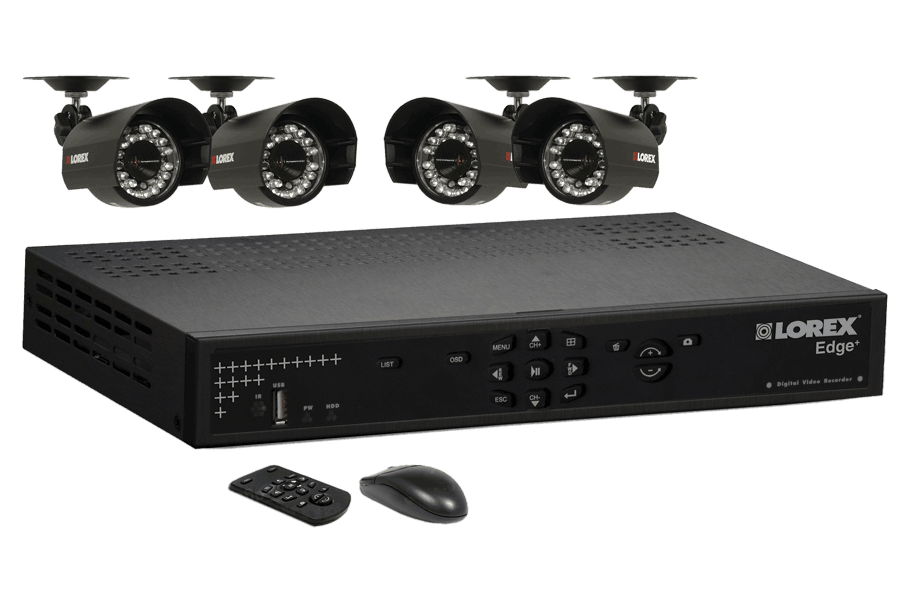 8 Channel Security DVR
8 Channel Security DVR
An NVR (network video recorder) works with POE cameras and IP cameras, acting just like a DVR but with a few additional features.
One distinguishing factor is that some of them have POE ports in them, so you can plug the cameras directly into the NVR, record your videos, and manage your cameras.
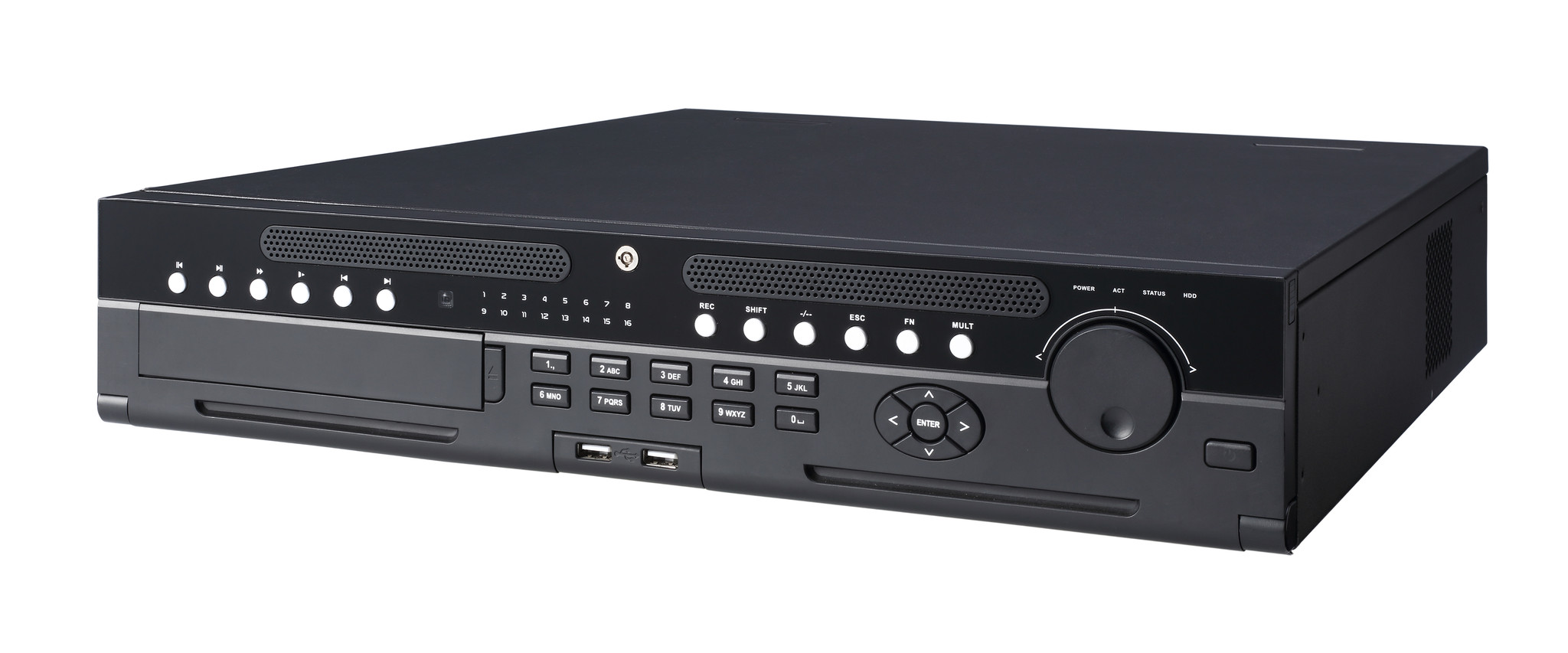 Dahua NVR608 128 Channel Super 4K Network Video Recorder
Dahua NVR608 128 Channel Super 4K Network Video Recorder
You can also connect IP cameras that you have on your network to the NVR. Even though they’re not directly connected to the Wi-Fi, it can still manage them. Another thing to keep in mind is that NVR supports higher camera resolutions than DVRs because ethernet cables can handle a lot more bandwidth.
Analog vs POE cameras
Analog security cameras use technology called BNC. BNC is an older video cable technology that used to be the standard for surveillance and video equipment.
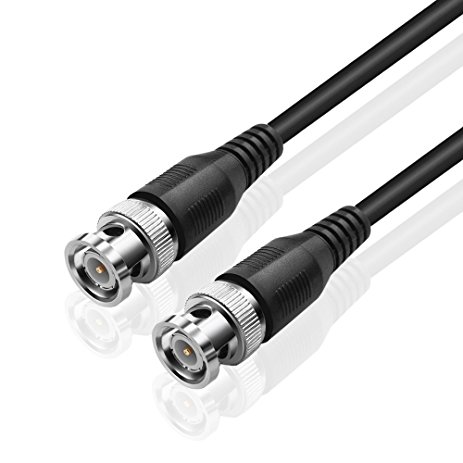
If you have newer analog cameras, you can use BNC to support HD (720p) resolutions. If you buy analog cameras, you’ll have to get a DVR to connect your system, view your videos, and manage your cameras.
Although the price might be lower, analog will require you to snake wiring all throughout your house. Cables included in analog camera kits usually consist of a BNC connector on both ends and a power cord that power your camera.
The other type of wired camera is the POE camera.
POE cameras use a single ethernet cable for power and video, so it’s easier to set up compared to analog systems.
Keep in mind in order to use a POE camera, you have to have a network switch that supports POE. Most network switches don’t normally support POE, so you might have to buy a new one specifically with that feature.
Instead of doing that, you may want to consider an NVR that has POE ports on it. This has the added benefit of helping you manage your network traffic by preventing you from clogging up your network with video data.
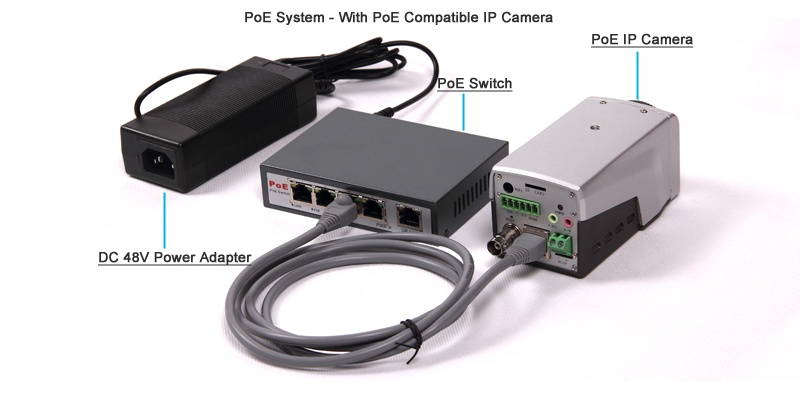
POE cameras provide the best image quality of all the cameras, because ethernet supports higher bandwidth than a wireless connection.
If you need a really high resolution camera that lets you zoom in to capture facial features or license plates from far away, POE cameras are the way to go.
Resolution
Video resolution is measured in pixels or TVL, which stands for television lines.

For comparison, if you see a resolution description of 1920 TVL, that’s approximately the same as 1080p resolution.
Another measurement of resolution that you’ll see is megapixels. So you’ll see cameras that are described as having 2, 3, or 4 megapixels. To clarify, 2.1 megapixels is roughly 1080p, and any camera that goes higher than 2.1 megapixels is likely to be a POE camera, since ethernet is best able to support that extra bandwidth.
Which Camera Type is the Best?
Now that you know the difference between all these cameras, let’s talk about the pros and cons of each.
Wi-Fi Cameras
Wi-Fi cameras, or traditional wireless cameras, are the most common consumer-grade cameras out there. They generally have better image quality than most wire-free cameras.
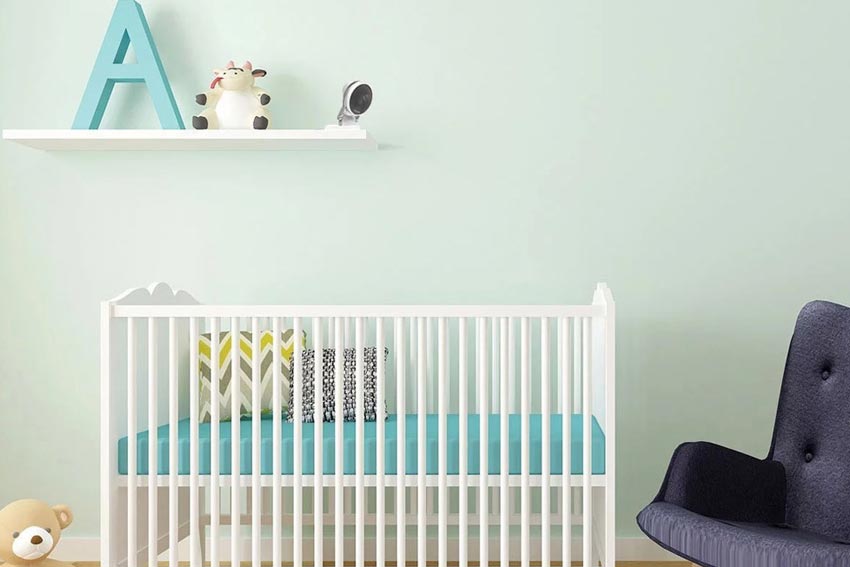 Honeywell WIC2 Indoor Camera
Honeywell WIC2 Indoor Camera
There are a lot of different Wi-Fi or IP cameras on the market, It’s important to keep in mind that the difficulty of installation and setup can range from “easy” to “moderately difficult” depending on which one you get — especially if it will be placed outside.
As a side note, If you want to buy several wireless cameras, you need to be aware that too many cameras on the same network can bog down your Wi-Fi.
Ease of Setup/Installation: 5/5
User Experience: 4/5
Image quality: 4/5
Price: 4/5
Wire-Free Cameras
The simplest of all these options are wire-free cameras because they’re easy to install and set up. Cloud subscription fees to store the video are reasonably-priced and the apps to control them tend to be well-designed which makes for a great user experience.
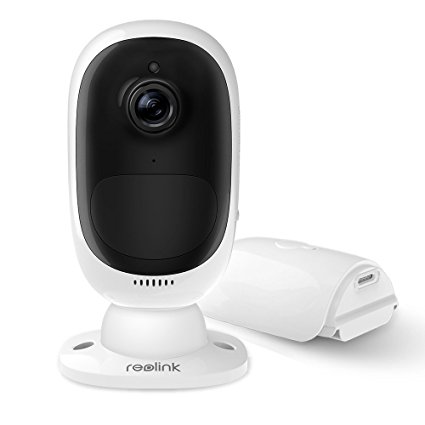
The downside to wire-free cameras is that they are battery-operated. If placed in a high-traffic area with a lot of motion to trigger it, the battery can drain quickly and will need to be replaced fairly often. One customer told us he had to change the batteries in his wire-free camera every three days due to cars passing by his house!
Image quality isn’t as good as other options because the videos are highly compressed to conserve battery life and to make the file small enough to store in the cloud.
Ease of Setup/Installation: 5/5
User Experience: 4/5
Image quality: 3/5
Price: 4/5
Analog Security Cameras
Analog security cameras are the most affordable if you’re on a tight budget or if you want to create an entire camera system. While you will have to run cable to connect them throughout your house, they’re relatively easy to install.
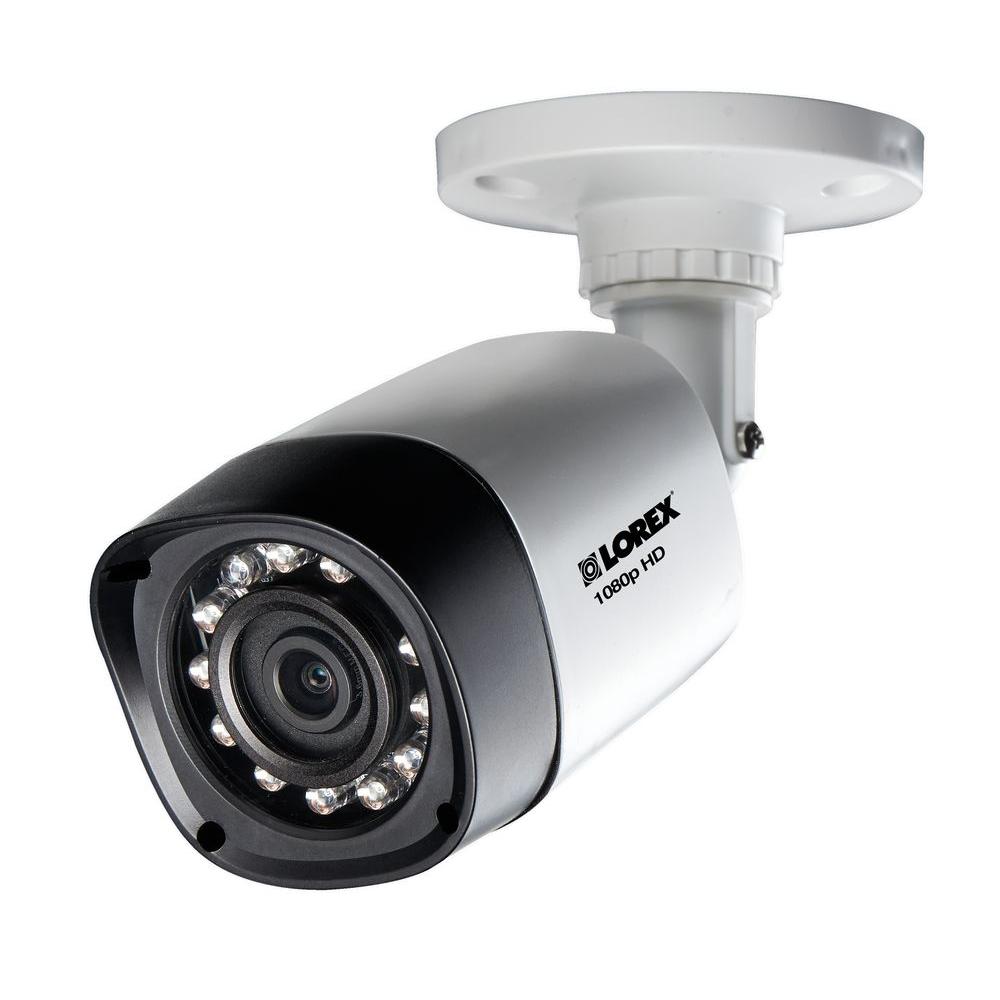
Configuring them, on the other hand, takes a bit more patience.
One thing to pay attention to when buying an analog camera is the resolution because many cameras in this category are not high-definition (HD). Some manufacturers make false claims about image quality in their marketing materials.
Since these tend to capture lower quality images and require a BNC connector to record to an external source some of these cameras are being phased out in favor of higher-resolution cameras and things like POE.
Ease of Setup/Installation: 4/5
User Experience: 3/5
Image quality: 3/5
Price: 5/5
POE Cameras
POE cameras offer great image quality and reliability. They can support high-resolution cameras and they only require a single cable for everything.
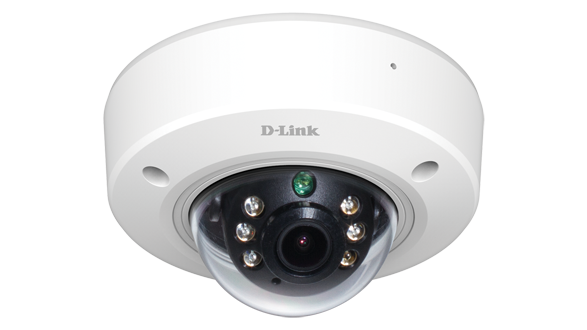
The downsides of POE cameras is that they are harder to install, and may require that you run ethernet cables throughout your house.
They’re also more expensive compared to analog cameras and some wireless cameras.
Ease of Setup/Installation: 3/5
User Experience: 4/5
Image quality: 5/5
Price: 3/5
The Benefits of Security Cameras
Security camera systems and video surveillance provide great benefits for homes and businesses. They help deter theft and crime, allow you to monitor activity, help reduce insurance costs, and create a safer home environment and workplace. By keeping a constant eye on your home or business, you can help secure and protect your family, employees and business.
Deter Theft & Crime
One of the biggest benefits of a security camera system is deterring crime and theft. People are less likely to commit a crime if they know they are being watched or monitored with camera surveillance. In addition to random theft, employees may steal from a business. Although many business owners don’t like to think that their employees would steal from them, it does happen. Having footage can help give you the proof you need to catch the thief, plus the evidence can be used in court if needed.
Monitor Activity
No one is capable of being everywhere at once, but a security camera system allows you to keep a constant eye on your home or business. They are beneficial for monitoring the day-to-day activities to protect you and your interests. This can be especially beneficial at home when you are away from home or for businesses when there are remote sites and when a manager isn’t present at all times.
For businesses security cameras can help boost efficiency and productivity as well as provide the evidence needed to resolve conflicts.
Help Reduce Insurance Costs
If someone claims they were injured on your property and you have no proof of whether the event happened or not, your insurance premiums will likely increase. Having evidence of incidents that occur is extremely beneficial, especially if someone is trying to scam you. In addition, many insurance providers offer discounted rates if you install surveillance cameras in/around your home or business.
Create a Safe Environment
By installing a security camera system you are creating a safer home environment and workplace. Your family and employees will feel safer, and you’re more likely to prevent break-ins and vandalism.
There are many benefits to installing security cameras in and around your home and business.
Conclusion
While indoor cameras are effective for monitoring activity around and inside your home — to check on a child, nanny, or pet — cameras do not sound an alarm like the other sensors.
Cameras excel at letting you check-in on your home, deter unwanted visitors, and collect potential evidence.
Combine your security camera with other security products to create multiple layers of security; not just from burglars, but also from other hazards like fire and carbon monoxide.
The good news is that you can integrate your security camera with your security system so that you can access and control everything from a single app.
Want to learn more about protecting your home?
If you’re curious which security camera system would be most beneficial for your home or business, give the experts at Alarm New England a call! We can find the right solution for your specific needs so that you’re able to create a safer environment.


